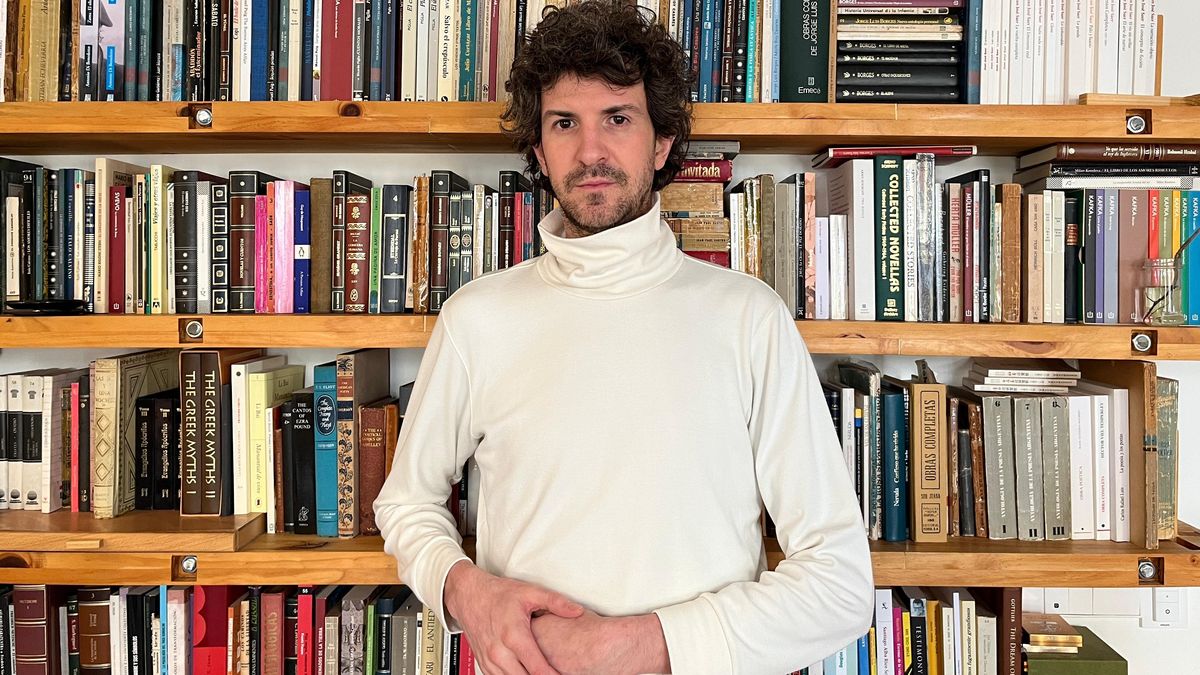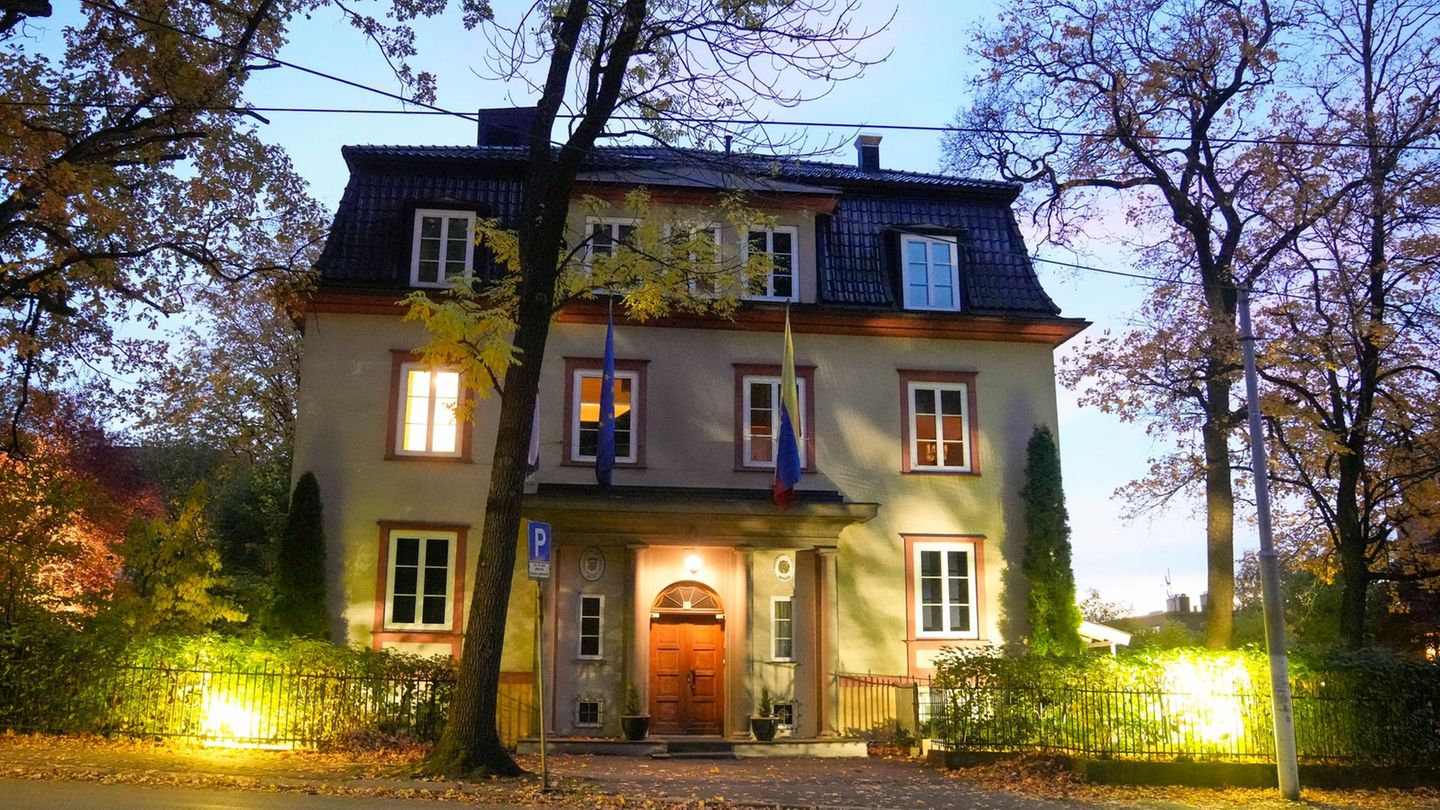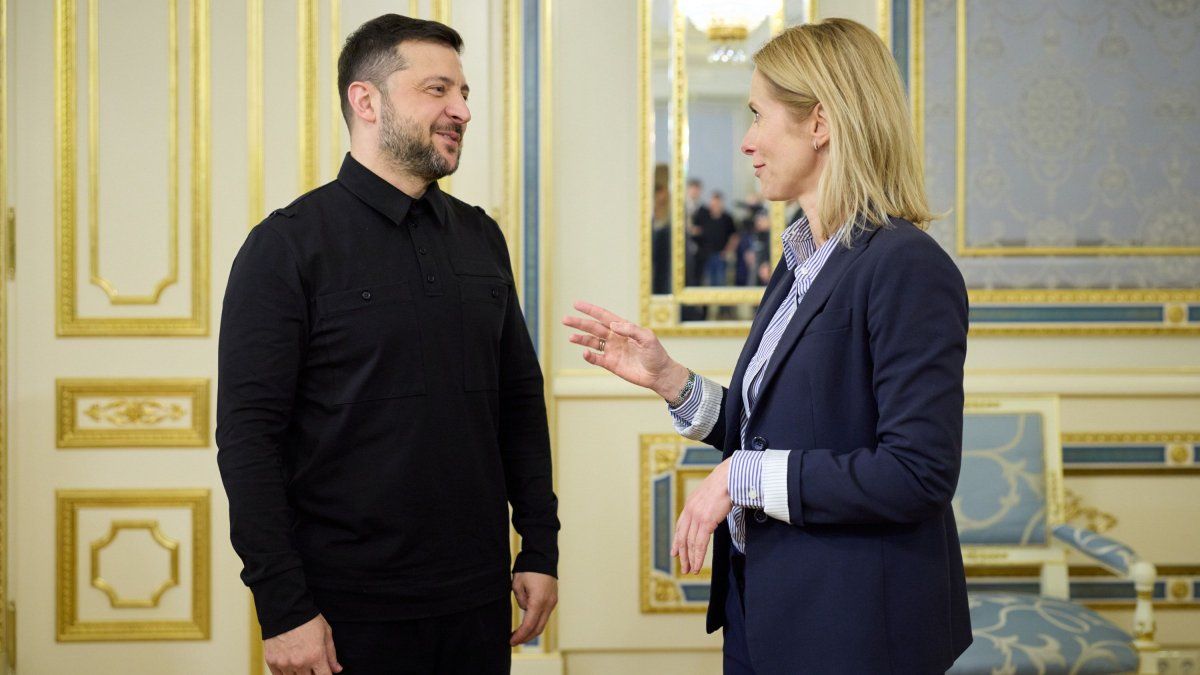A famous fantastic story promoted Juan Pedro Somodi To write “The Zhuangzi butterfly” (Párypebooks) where the metaphysical – identity, time, real – crosses with the cinematographic. The Argentine Somodi, Based in Madrid, he has been publishing poetry, fiction and non -fiction. We dialogue with him.
Juan Pedro Somodi: Zhuangzi’s story, who dreamed that he was a butterfly and when he woke up he did not know if it was Zhuangzi or a butterfly that dreamed of being Zhuangzi, of which Borges speaks in “new refutation of time”, was the inspiration of my novel. It was going to be a story that the protagonist finally, in a kind of loop, becomes a butterfly. But I realized that the interesting thing was the one who dreams of whom, who is the dreamer, who is the narrator. A Borgean idea: who is in control of creation and who is the created, the narrated. That drove me to show the creative process while telling a mutant story.
JPZ: It is the love story between a film critic and an actress and successful Chinese film director. He begins at an international film festival, then he is mutating, he becomes a policeman, a history of spies, an erotic encounter, waiting for a reunion.
Q.: Surprise a beginning of images, colors, sensations, sounds …
JPZ: It is what the critic sees and feels during the screening of the film. That will contrast when you think how you will write it. There is the dream relationship he establishes with the teacher, the director. For that beginning I chose a form that comes from Chinese cinema where a bloody fight is interrupted by a rain of red leaves.
Q.: Why do the characters have symbolic appellants, have no name their function only: the teacher, the critic, the inspector, the police, the boss?
JPZ: They are all functional. It is not known if it is tall or low, blond or morocho. It is a legacy of the world of the film script, where that is left in the hands of another, the director or the set designer. There are things that are sine qua non as that the teacher is China, that he makes the story a lot, or that the characters speak in a Spanish Spanish.
Q.: Why is the director called the teacher?
JPZ: In the high art, very particularly in music the appellation used to designate a great artist woman is the teacher. The teacher is the one who teaches to do something. The teacher is one who is an ace in what he does. By case the applauded protagonist is admired by the critic, who is a qualified observer who values, reflects, thinks and serves as a connoisseur of that art. Lower what happened to words, and in his words there is a project, a way of seeing that world. It goes from sensations to conceptualizations, that contrast interests me.
Q.: With his exploration of who narrates what happens, the fade that makes a character become his opposite or that one genre becomes another, his novel enters the tradition of the experimental novel.
JPS: My subject in this book is fiction, who writes and why he writes, and who is in the control of writing it. The novel beyond telling a story – where the argument and the subject may not be the same – seeks to be condensed by the message. This undoubtedly comes from the Nouveau Roman that does not admit the description of the characters but the flows of consciousness. That movement pointed out the diffuse, fragile, limits between the concepts of fiction, narrator, character, reality and the conflict between them, writing the novel at first I realized who was narrating, who was in control of the story. He takes over the story. And suddenly the moral part about the artistic breaks, and the story closes with a plane that moves away. And finally I take care of the characters, and the narrated.
Q.: What is the relationship “The Mariposa de Zhuangzi” with “Enzo” his previous novel?
JPS: Nothing to see, start from different places. “Enzo” is a very documented narrative of Enzo Menichini’s life, my grandfather. While the real characters are quite fictionalized, as they maintain references to historical places and moments. In this the characters have no names and there are no descriptions, it is not known where they are, at times they seem to inhabit a kind of limbo. The story of “Enzo” begins with fascism in Italy, and then passes in Naples, Buenos Aires and New York. Enzo partnered with Alfredo Bonino, owner of the famous Bonino Art Gallery with branches in Brazil and New York, became a gallery player and Marchand. They were linked to the Di Tella Institute. They were the first to sell Latin American art in the United States, while promoting new American artists. Enzo fulfilled the “American Dream”, made America.
Q.: He went from the realistic novel to experimental fiction, from the West to East, from financial achievements to Taoist metaphysics.
JPS: The experimental was a personal path to the essence of literature. That the plot plays all the time with the film narrative and the traditional genres, it has many reasons, I write scripts for film and for audiovisuals. China took me to the metaphysical spirit of things.
Q.: What are you writing now?
JPS: A quite arduous non -fiction book. A kind of newspaper where I cross life with my wife in Shanghai with the war in Gaza. October 7 was Hamas’ attack, on October 7 my wife’s mother asked me to finally do the wedding in China. And I remembered a phrase from Diario de Kafka, who gave a starting point to the book in which I work: “August 1914. Germany has declared war on Russia. In the afternoon, Swimming School ”.
Source: Ambito
I’m a recent graduate of the University of Missouri with a degree in journalism. I started working as a news reporter for 24 Hours World about two years ago, and I’ve been writing articles ever since. My main focus is automotive news, but I’ve also written about politics, lifestyle, and entertainment.




